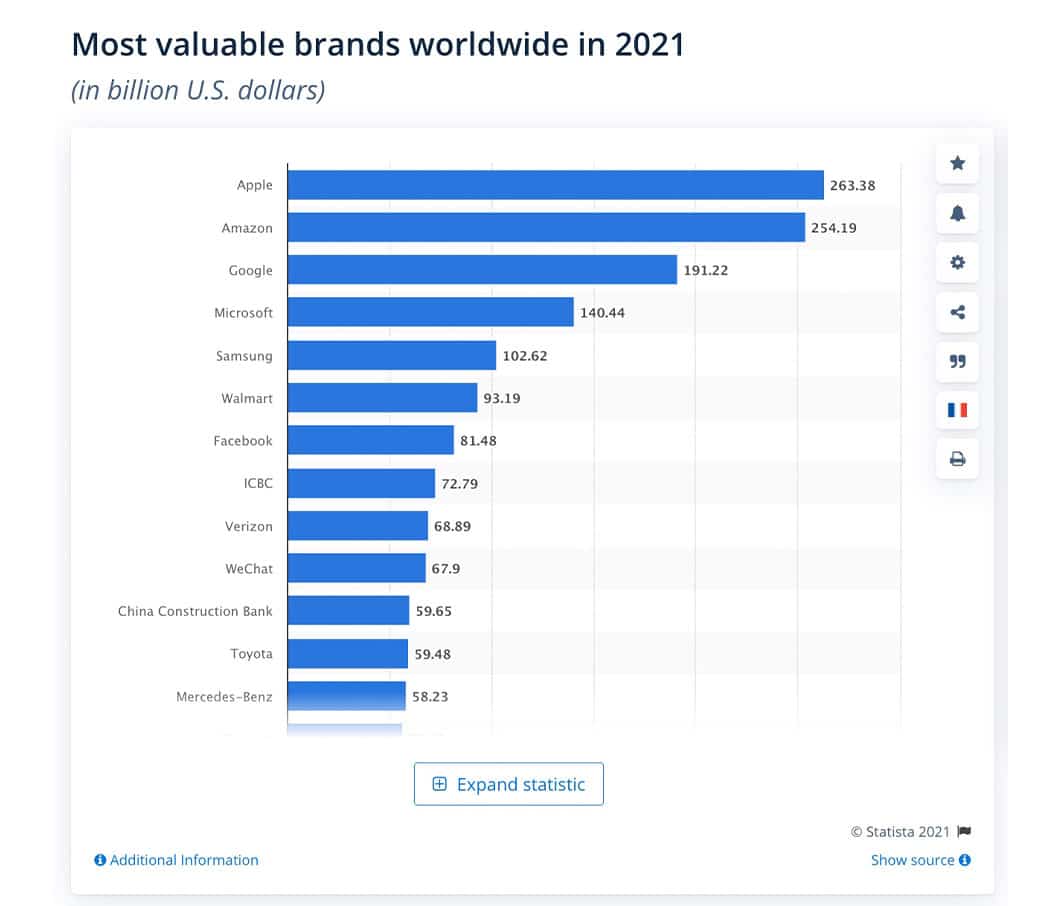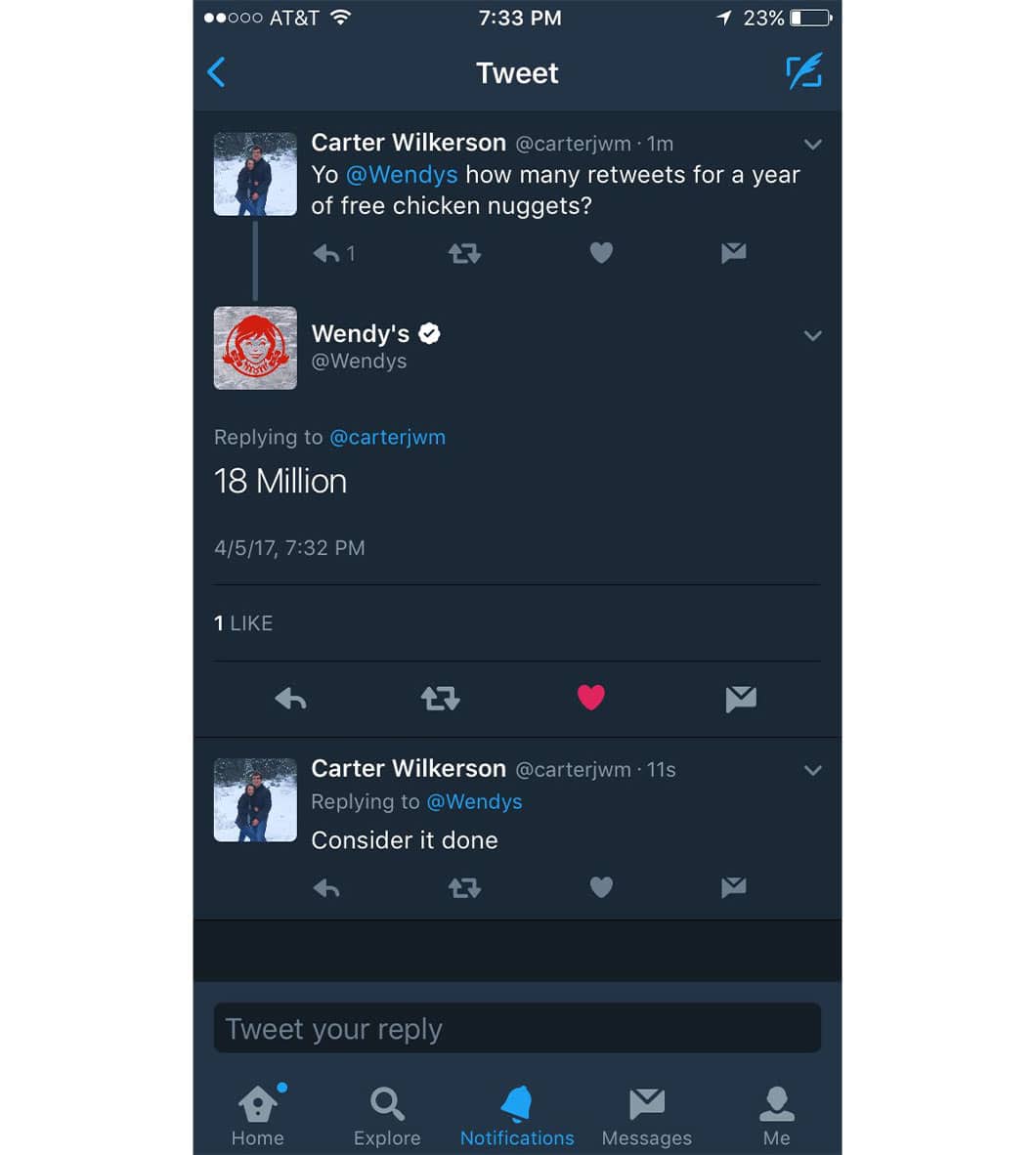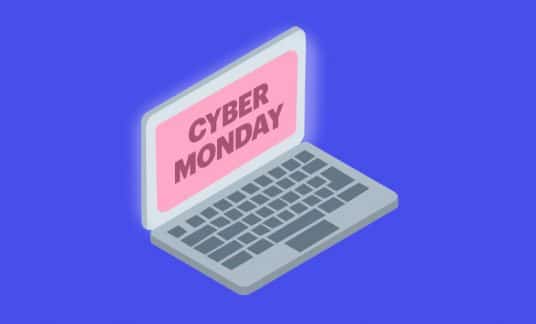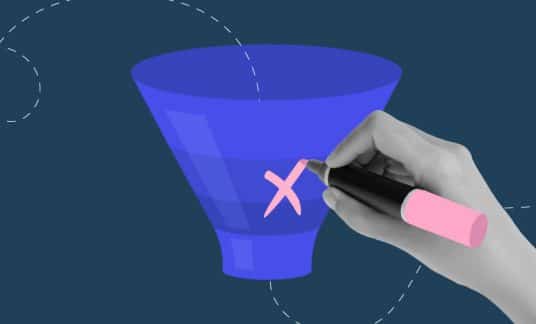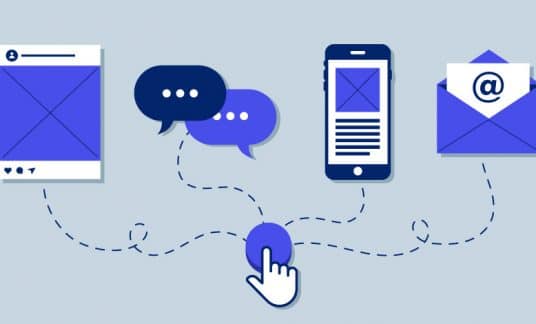Brand equity is: Coca-Cola. McDonald’s. Nike. Apple. Amazon. Samsung.
We know their names and their values. We have a positive opinion of them (OK, maybe you don’t, but the majority of people do).
Building your brand equity is the most valuable thing you can do for your long-term growth and success. It guarantees you a loyal customer base ready to buy your next big thing.
Sounds like a dream come true, right? So do you need billions of dollars and a staff of thousands to create this magical brand equity potion?
Nope. Here’s the scoop on what brand equity can do for you and the 5 step formula for building it as soon as possible.
What Is Brand Equity?
Brand equity is what people think about your company. In other words, your reputation.
If the majority of your customers and the public think highly of you, that’s positive brand equity. If your company has a negative perception, well, we don’t need to tell you that’s not great. More on measuring it below, but first, what are the advantages of building strong brand equity anyway?
By managing and building your reputation both online and offline, you reap these 3 main benefits:
1. Increased Customer Loyalty
Attracting loyal customers is #TheUltimateGoal for every business. But you may be surprised to know your brand equity is what determines how loyal your customers are.
Customers who are emotionally invested in a brand spend twice as much and have a lifetime value 306% higher than those who merely like a brand’s products, according to research from data-analytics company Motista.
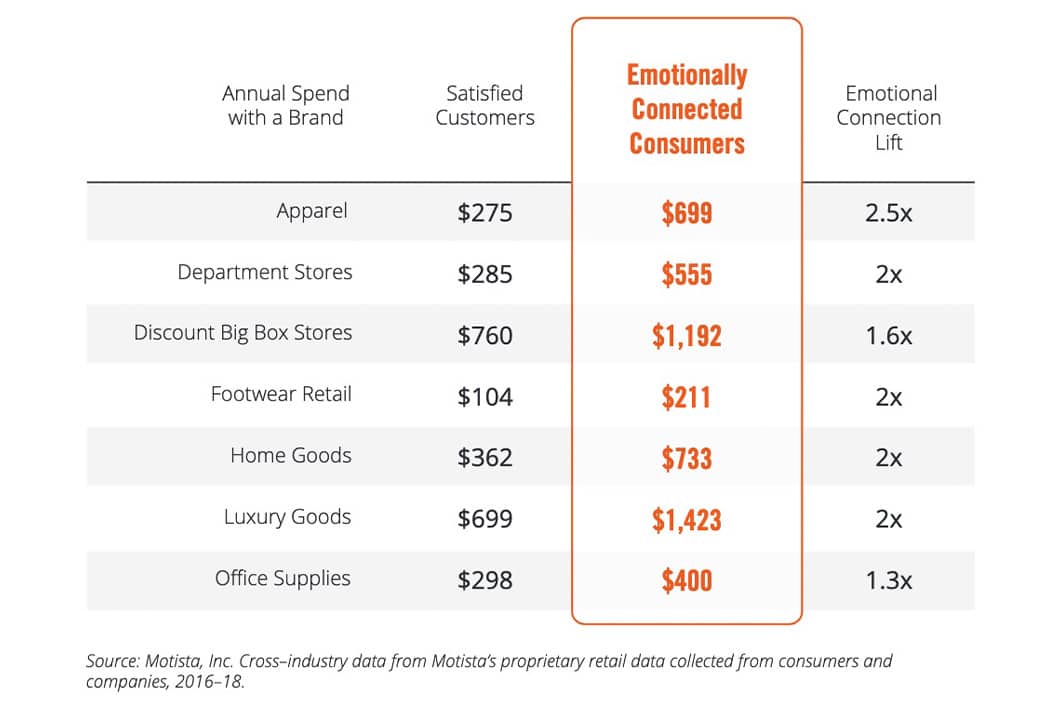
2. A Unique Competitive Advantage
When customers are highly loyal to you, they go out of their way to do business with you. And they’re more forgiving, too.
According to research by public relations firm Zeno Group, 90% of customers are willing to forgive a brand for a mistake if they feel the brand truly lives by its purpose and values. Also, customers are 6 times more likely to protect a brand during a crisis, such as a public relations nightmare.
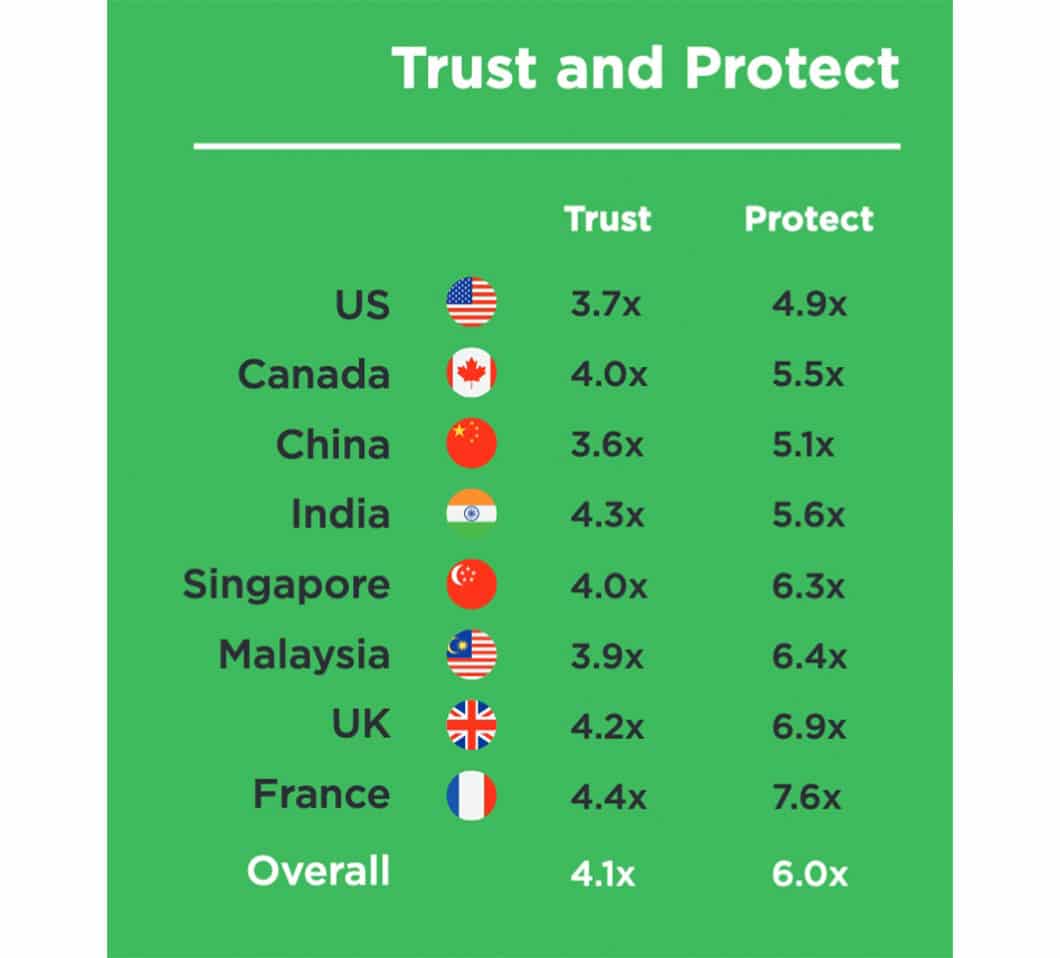
3. Customers Are Happy to Pay More
Research over the years has proven customers are willing to pay more for one brand’s products than another’s, even if they’re the same thing. It comes down to their personal connection to the brand and who they want to support. In other words, brand equity.
Think of Mac versus PC, Audi versus BMW, or even Burger King versus McDonald’s.
They are different brands of the same thing at the same quality level, but you either pick one or the other depending on your connection to the brand. Price isn’t the main factor in your choice.
A study evaluating the relationship between brand associations and price premiums by marketing professor Ahmet Bayraktar found this to not only be true, but that the risk level of a product plays into the customer’s willingness to pay more. For example, people are willing to pay more for something important or that they use every day — such as a car — from a brand they have positive associations with.
The 4 Components of Keller’s Brand Equity Model
According to Kevin Keller, a professor at Dartmouth University, brand equity is composed of 4 main levels. These levels build on each other, so you need to start at the bottom with the basics. He created the Customer-Based Brand Equity (CBBE) model. He believes creating optimal experiences at each level of this pyramid results in the highest possible brand equity between you and your customers.
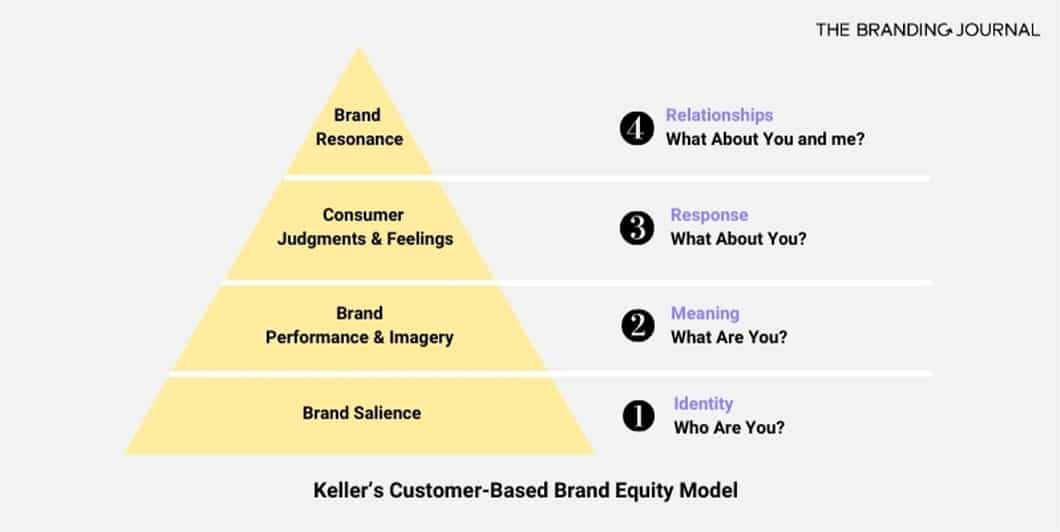
1. Brand Recognition and Identity
The first level of the pyramid covers the basics: Do people recognize your brand when they see it? What values do they associate with you?
Your brand’s identity consists of your:
- Logo
- Brand colors
- Website
- Visual elements and style
- Name
Conduct market research to determine what your target audience thinks about you. Do they see you as innovative? Trustworthy? Dependable? Exciting? Essential? A luxury?
Whatever values and labels people think about you, take a moment to determine if those are a) accurate, and b) what you want people to think about your company. If something isn’t aligning, correct this first before moving on to the next steps.
2. Brand Meaning
Keller divides this section into 2 parts: Performance and Imagery.
On the performance side, that essentially means: Does your product or service solve your customers’ problem? Plus a few more things, such as how reliable your product is, its design and price and your overall customer service experience.
On the imagery side, it’s what your visual elements communicate. It’s your brand aesthetic and the meaning people associate with that.
For example, Harley Davidson has one of the most iconic visual brands out there. Through photos, ads and content, it’s immediately clear that the company is all about freedom, Americana and having a bit of a rebellious streak.

For your visual branding to be successful, your target customers need to understand right away what you stand for, or as Simon Sinek famously puts it, “Why you do what you do.”
3. Brand Response
Are you one of those people who camp out for days outside the Apple store to snap up the latest iPhone on release day? Now that’s a response.
This category is how people judge your brand and their feelings about it. Do they dismiss you as a company with products made only for young whipper-snappers? Or do they feel completely seen by you, like your products are made for them and only them?
Do they think you’re socially responsible? What assumptions do they make about people who wear/buy/use your products?
Again, market research is a key investment for understanding this part of your brand equity.
4. Brand Resonance
This is the top of the pyramid for a reason. It’s the most important.
Brand resonance, defined by Keller, is how a customer identifies with your brand. Successfully achieving this level means your customers don’t like your brand, they deeply identify with and have a positive, lasting connection to it.
Brand equity isn’t measured in dollar amounts though they impact each other.
The difference between brand value and brand equity is:
- Brand equity is how important you are to your customer.
- Brand value is the estimated financial worth of your company.
It goes without saying that the world’s top valued brands have built up decades worth of brand equity. The evidence of that is we all recognize every name on this list from Statista and know what they do, what their visual brand looks like and can associate at least a few values with each one.
5 Steps for Building Your Brand Equity
OK, a confession: Building your brand equity isn’t a quick process. You can start it quickly but it will take months to years to show its real effect.
But trust us, it’s worth it.
1. Have a Defined Brand Strategy
The first step is to have a written brand strategy document outlining — among many other things — your goals, target audience, visual style and how you want others to perceive you.
How you’re perceived becomes your brand. You need to build that intentionally from the ground up.
2. Test Your Messaging
It’s OK if your copy, social media posts or headlines don’t hit the mark right away.
Tweak and test different messages until you find one that resonates with your target audience. Are they responding the way you want them to? Great: you’ve found a way to influence their judgments and thoughts about you, which is Step 2 in Keller’s brand equity pyramid.
If it’s not resonating, edit and try again.
3. Be Consistent
Consistency is everything in branding.
Keep your visual elements stylistically aligned across all your channels: website, social platforms, ads, print media and more.
Ensure your written content uses the same messaging strategy.
And, most importantly of all, your product or service better be consistent too. You can have the most engaging brand but you won’t build any momentum if your products don’t live up to the hype.
Be dependable.
4. Create Positive Customer Experiences
This goes without saying, but it’s key to building brand equity.
Find ways to treat every customer like your top VIP. A few ideas are to create a loyalty rewards program and use personalized email marketing to create relationships with customers, though your options are endless. If you make a mistake, bend over backward to turn it into a positive experience.
5. Engage Frequently With Customers
Always look for ways to “wow” your customers. It’s surprising how many people a simple gesture can reach.
In 2017, a customer tweeted Wendy’s to ask how many Twitter retweets he needed to get for the fast-food chain to give him free chicken nuggets for a year. The brand humorously replied with, “18-million.” The customer didn’t get that many, but he did get over 3.4 million retweets and earned the Guinness World Record for most retweets. The company honored his effort by giving him the nuggets and making a donation to the company’s charity.
The cost was minimal to Wendy’s and the charitable donation was even a tax write-off, but getting in front of 3.4 million people? All because 1 social media manager chose to reply to a customer which took maybe 5 seconds of time? That’s cost-effective marketing.
Build Your Brand Equity and Create Your Own Competitive Advantage
Building brand equity comes down to earning trust.
It’s a slow process that will take years, not a marketing hack or overnight success strategy. But through the process of developing your brand equity, you’ll strengthen your visual identity, messaging and core values. You also will continue to build troops of highly loyal, profitable customers that will grow every year.
What’s not to love about that?
So roll up your sleeves, define the way you want others to think about your company and get to work on making it your reality. The future you will be glad you did.




